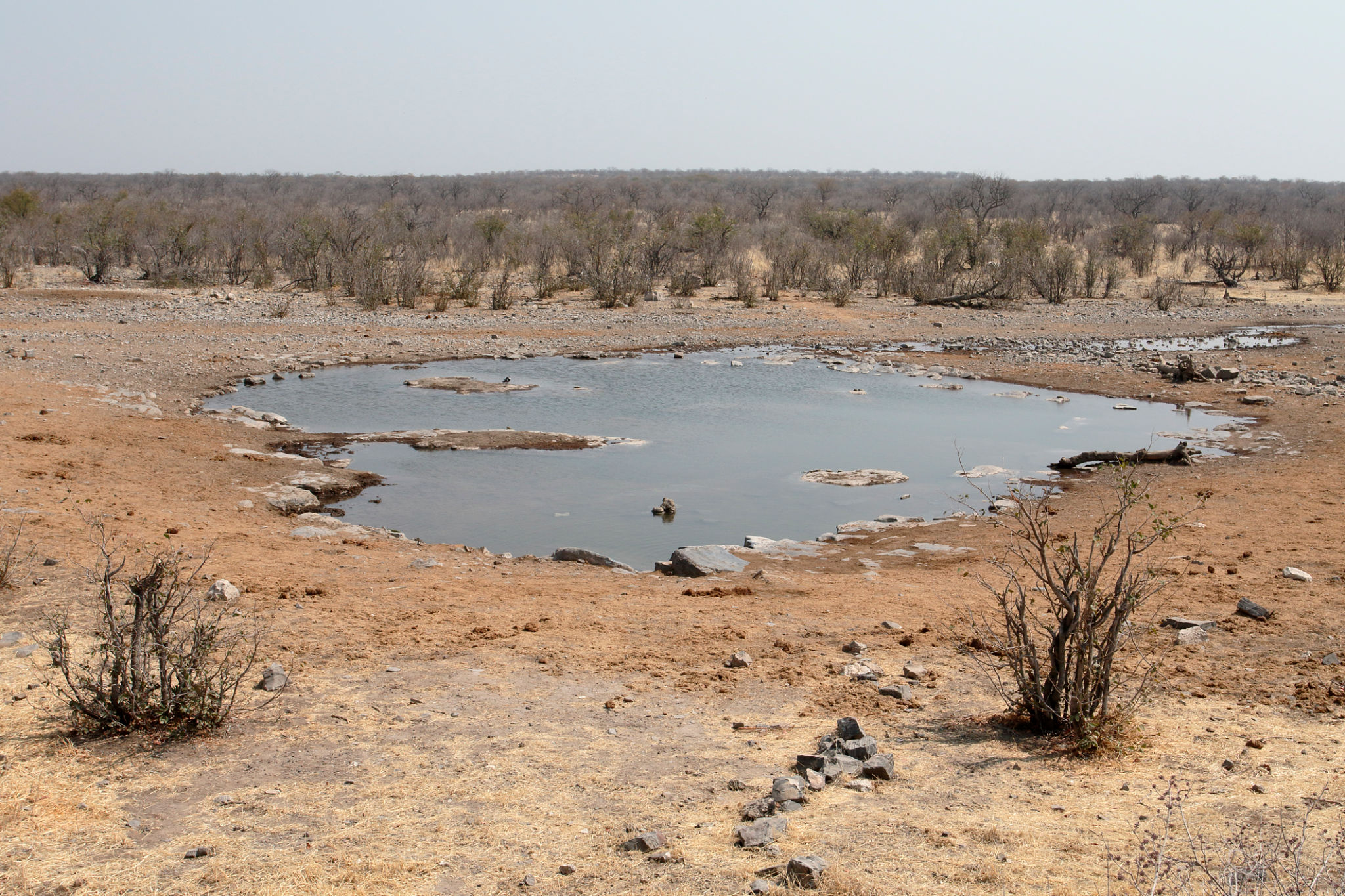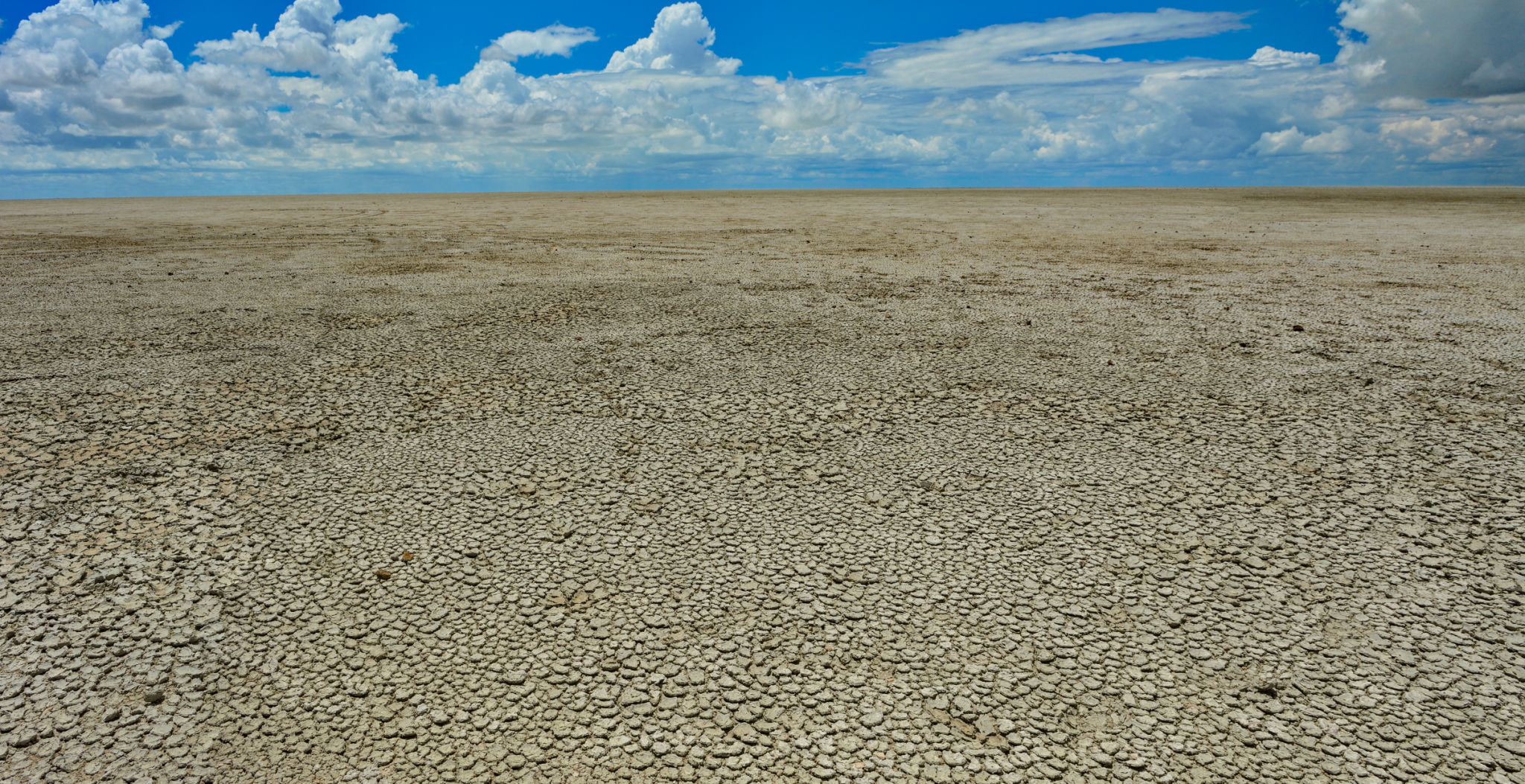Preparing for Dry Seasons in Namibia: Water Divining Tips
Understanding the Importance of Water Divining
In Namibia, the dry season poses significant challenges for communities, especially when it comes to water scarcity. Water divining, also known as dowsing, is a traditional method used by many to locate underground water sources. This ancient practice can be particularly useful during dry spells when conventional water sources become scarce. Understanding the basics of water divining can be a valuable skill for anyone living in arid regions like Namibia.

The Basics of Water Divining
Water divining involves using simple tools, often a Y-shaped twig or metal rods, to detect hidden water sources underground. The dowser holds the tools lightly and walks over an area until they experience a movement or pull, indicating the presence of water. While scientific evidence for water divining is limited, many practitioners swear by its effectiveness, and it remains a popular method in rural areas.
For those new to water divining, it's essential to approach the practice with an open mind and patience. Like any skill, proficiency in dowsing comes with experience and practice. It's also vital to acknowledge local traditions and seek guidance from experienced dowsers in the community.
Preparing for Water Divining
Before embarking on a divining mission, proper preparation is crucial. Start by gathering the necessary tools, such as a dowsing rod or forked stick. These tools can often be fashioned from local materials or purchased from specialty stores. Additionally, wearing comfortable clothing and sturdy shoes is advisable, as water divining may require covering large areas on foot.

Identifying Potential Water Sites
Identifying promising locations for water divining involves some research and observation. Begin by looking for natural indicators of groundwater, such as lush vegetation in an otherwise dry area or the presence of certain tree species known to thrive near water sources. Consulting geological maps and speaking with locals who have experience in the area can also provide valuable insights.
Once potential sites are identified, it's time to test your dowsing skills. Remember that successful divining often involves a combination of intuition, experience, and sometimes a bit of luck. Always be prepared to explore multiple locations before finding a reliable water source.
Enhancing Divining Accuracy
To improve accuracy in water divining, consider the following tips:
- Stay relaxed: Tension can interfere with your ability to detect subtle movements in the dowsing tool.
- Focus your mind: Concentrate on the task at hand and clear your mind of distractions.
- Practice regularly: Like any skill, regular practice can enhance your proficiency over time.

Community Involvement in Water Divining
Water divining can also be a community effort. Working together with neighbors not only increases the likelihood of success but also fosters a sense of cooperation and shared responsibility. Sharing experiences and techniques can lead to better outcomes and strengthen community bonds.
In conclusion, while water divining may not be infallible, it offers a practical means of addressing water scarcity challenges in Namibia's dry seasons. By learning and practicing this traditional skill, individuals and communities can take proactive steps towards securing essential water supplies.